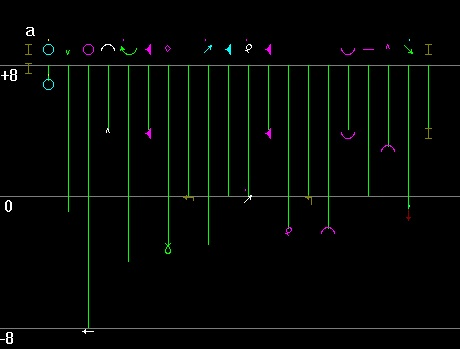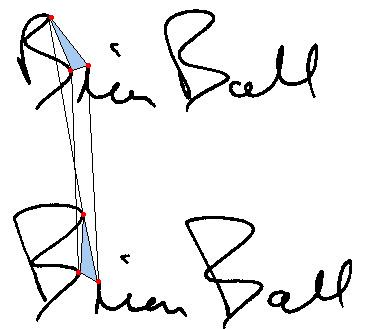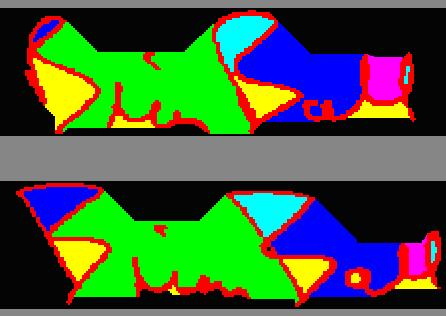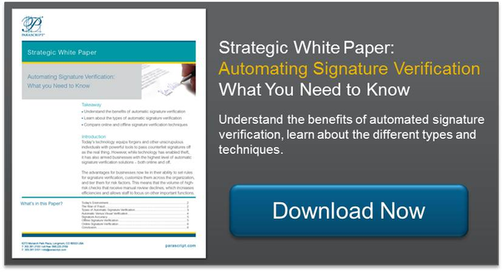In 1897 Abbé Jean-Hippolyte Michon, the founder of graphology, divided handwriting into seven fundamental elements: speed, pressure, form, dimension, continuity, direction, and order.
Since then, the anatomy of handwriting (including signatures) has not changed and these characteristics are still key in signature verification analysis. Forensic expertise looks at such features of handwriting as height, width, slant, regularity, typical shapes, strokes, and order of elements. When dynamic characteristics of handwriting are available, biometric features such as pressure, speed, constancy, characteristic gestures, and occupation of the space are analyzed in addition to static characteristics.
Today, signature analysis can be accomplished by powerful computers using sophisticated algorithms. Automatic comparison is executed by a combination of verifiers using fundamentally different algorithms and techniques. In particular, they combine a human-like holistic analysis of a signature and signature segmentation with a subsequent analysis of the signature elements.
The whole verification process can be described as the work of a group of highly skilled experts. Each of them has a favorite approach, looking at particular characteristics, which is especially efficient in some cases and good-enough in others. When they work together as a team, their areas of expertise complement each other resulting in excellent overall performance.
Here are just a few different elements used to create a human-like, holistic analysis of a signature.
1. A special descriptive language, consisting of a set of formative hieroglyphic elements that embody the essence of all styles of writing signatures. Suspect and reference signatures are presented as sequences of these elements and compared using multiple parameters. Linear transformation is used to allow correlation between elements belonging to different signatures. A system of estimates is built and passed through several neural-network-based learning and interpretation agents to execute a highly refined analysis and make a sophisticated conclusion about the similarity of two signatures.

2. Geometrical analysis in which the similar nodes that are distinctive elements of a signature are located on the suspect and reference signatures. Triads of these nodes are used to build triangles with apexes located in the selected nodes. The similarity of the triangles belonging to different signatures is analyzed and used to make a conclusion about signature genuineness.

3. An analytical method based on signature segmentation and finding correlations between the fragments of reference and suspect signatures can also be applied. This method complements the holistic approach and is especially efficient in those cases where the holistic approach cannot ensure the required reliability of the result.

These different approaches result in outstanding signature verification performance that even surpases human verification. Want to learn more about the benefits of automated signature verification and how it compates to human verification? Download our White Paper: Automated Signature VerificationWhat you Need to Know.

